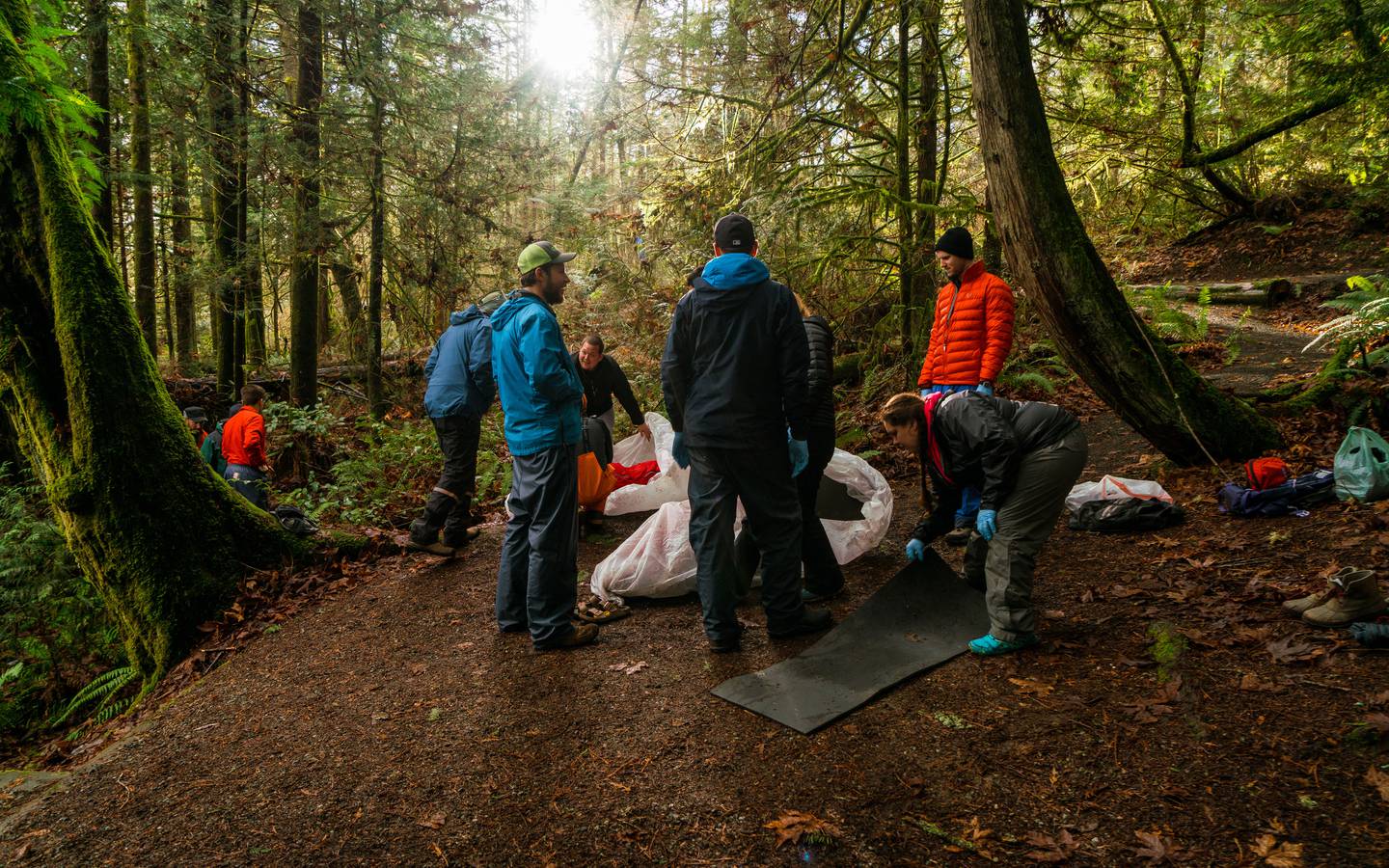
As a medical provider in the wilderness, it’s important to not make judgments or assumptions. For example, rather than assuming a patient is low risk for a spine injury, you can use a focused spine assessment to gather information relevant to your decision.
Or, rather than saying “My patient is drunk,” you can describe the situation using observable evidence, like “My patient had an alcohol-like odor, was slurring their words, and said, ‘I’m wasted.’”
Likewise, you should not assume that you know a patient’s biological sex and reproductive organs based on their external appearance. Anatomical parts, biological sex, and gender identity can vary from person to person. And there are many additional reasons why these matters may not be binary—for example, traumatic injury, reassignment, congenital anatomical differences, or hysterectomy.
Many injuries and illness are treated the same regardless of gender or sex; yet, in the cases when it is relevant to your care, not making assumptions and communicating in a respectful, inclusive way with your patient may be crucial. A well-educated medical provider needs to be aware and intentional in their communication in order to give effective care, regardless of personal opinions.
Useful Definitions for Medical Conversations
- Sex refers to the chromosomal, hormonal and anatomical characteristics that are used to classify a person as female, male or intersex. Commonly referred to as a person's sex, physical sex, or anatomical sex.
- Gender refers to the social and cultural distinctions associated with sex. Gender expression refers to an individual’s external presentation of gender: a combination of dress, demeanor and social behavior.
- Gender identity refers to an individual’s perception of their gender; it does not necessarily correspond to a person's anatomy and physiology.
When Biological Sex and Gender are Relevant to First Aid Care
With injuries and illnesses that may be affecting the patient’s urinary or reproductive organs, it is necessary for caregivers to make distinctions between physical body parts and assumptions about gender identity. This may include:
- Suspected issues with urinary and reproductive systems, such as testicular pain, urinary tract infections, menstrual pain and irregularities, vaginitis, and pregnancy complications.
- Abdominal pain, which could be a symptom of a genitourinary problem.
Communicating with Your Patient
When distinguishing between gender and sex seems important to your assessment and treatment, you should be aware that transgender and gender non-binary patients may have had negative experiences in medical and pre-hospital care settings (33%, according to the 2015 US Transgender Survey), and may be sensitive to physical exams or wary of medical care in general. Effective communication with your patient may be key to helping them feel comfortable, gathering accurate information about their internal anatomy, and ultimately ensuring successful care.
Be straightforward, polite, respectful, and non-judgmental in your interactions with your patient. Begin by introducing yourself, asking permission to help, and using their preferred name and pronouns. You can find this out by simply asking your patient.
When asking about a patient’s reproductive organs, explain why the information is medically relevant; use simple, professional language; and ask in a confidential setting if possible. Use proper medical terminology, avoiding jokes or slang: “Can you describe your reproductive organs?” “Do you have a uterus?” “Do you have a penis and testicles?”
If you are reporting (such as in a SOAP note or transferring information to EMS providers), using a patient's self description ("I’m in the process of transitioning from male to female") is always best. Use discretion and try to protect confidentiality by keeping documents and conversations private.
Language and conversations about gender and sex can be challenging from the caregiver role, especially due to the prominence of this topic in the media, changing societal norms, and a desire to not get tripped up. Referring to anatomical systems rather than male or female medical concerns is a good strategy for the first aid context.
It’s less about what you should or shouldn’t say and more about being flexible, respectful, and intentional with your language to help your patient feel comfortable as you care for them.
Learn how to provide first aid in the wilderness on a NOLS Wilderness Medicine course.
- Wfr
- Wilderness First Responder
- First Aid
- Inclusion
- Communication
- Wilderness Medicine
- Stories
- Affinity Stories
Written By
Ben Lerman
Ben is the former NOLS Wilderness Medicine Marketing Coordinator and a Wilderness First Responder graduate. He enjoys rock climbing, backpacking, kayaking, and hopes to someday adventure in the mountains on each of the 7 continents.



